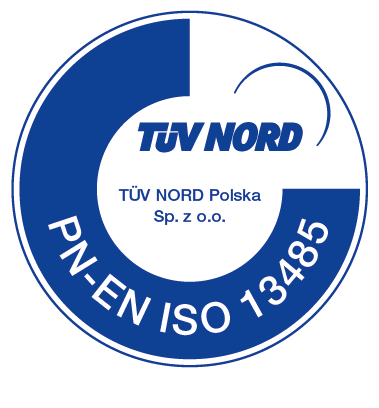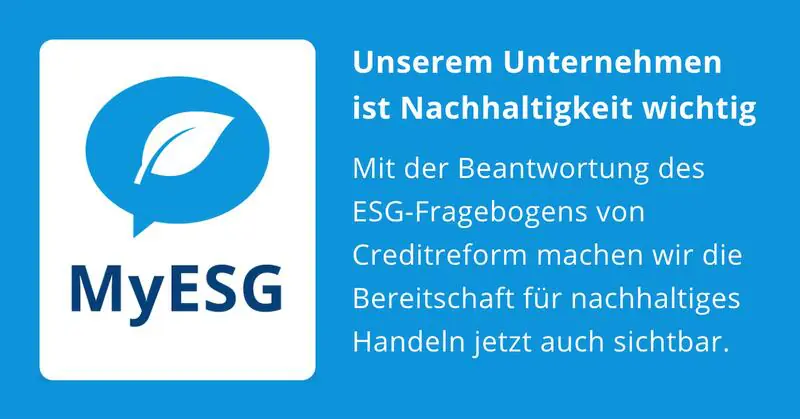
MEDDEV Clinical Evaluation & Studies for MDR Class III
Clinical Data vs. Clinical Evaluation vs. Performance Data
For each Medical Device, the safety and performance — including clinical benefit — must be verified through a Clinical Evaluation. This evaluation is based on Clinical Data, which can be generated either by clinical investigations of your own device or by demonstrating equivalence to an existing device. Equivalence must be proven in terms of clinical, technical, and biological characteristics, as outlined in MDR, Annex XIV, paragraph 3. The Performance Data refers to how well your device delivers the expected clinical benefit.
The European Commission has published a MEDDEV 2.7 1 Guideline on this subject, which is currently still the most important document in this area under the European Medical Device Regulation.
We support you in the preparation and implementation of this Evaluation.

Definition and Evaluation Criteria
According to the MDR it may consist of:
- A critical evaluation of the relevant scientific literature currently available relating to the safety, performance, design characteristics and intended purpose of the device
- A critical evaluation of any available clinical investigations
For implantable devices and Class III devices, a clinical investigation is often mandatory, unless existing clinical data can sufficiently justify safety and performance.
Legal Framework under MDR and Key Guidance Documents
Article 10 of the MDR requires manufacturers to perform a Clinical Evaluation for all Classes of devices (Class I, IIa, IIb, and III). The requirements are further detailed in Article 61 and Annex XIV, which also include Post-Market Clinical Follow-up (PMCF) as part of the broader Post-Market Surveillance (PMCF).
Details on how to carry this out can be found in particular in:
- MDR Annex XIV
- MDCG (Medical Device Coordination Group) Papers 2020-5 and 2020-6
- MEDDEV 2.7/1 Rev. 4 Guide
These documents describe how a Clinical Evaluation should be structured and which elements are necessary to demonstrate conformity with the Essential Safety and Performance Requirements according to MDR, Appendix I (in particular sections 1 and 8).

Clinical Evaluation Plan and Report
In summary, the Clinical Evaluation may consist of a Clinical Evaluation Plan (CEP) and Clinical Evaluation Report (CER), which include the following elements:
- Scope of application: clear identification and description of the product, including purpose, indications, contraindications, target groups, users, clinical benefit
- Clinical Development Plan: identification of existing and necessary data
- Equivalence Assessment: evaluation of the similarity of the product to equivalent products, taking into account clinical, technical and biological parameters, evaluation of existing differences
- Systematic and transparent research of currently available scientific literature to map the established state of the art and to verify the clinical efficacy and safety of equivalent products
- Description of all relevant positive and negative results and their analysis in terms of relevance and significance in relation to the medical device under evaluation
- Conclusions regarding the safety and clinical performance of the device, including its clinical benefit (performance)
WQS has been providing Support for Medical Devices for over 30 years. We can support Class I, IIa, IIb and III Medical Devices and would be happy to provide a non-binding quote for this service.
Frequently Asked Questions
Clinical Data is information about a device’s safety or performance, including clinical trial results or scientific literature. Clinical Evaluation is the process of evaluation of this data for compliance with the requirements of the MDR. Performance Data refers specifically to how well the device achieves intended clinical benefit.
Yes, MEDDEV 2.7/1 Rev. 4 is still considered the most relevant guidance for Clinical Evaluation under MDR. While it predates MDR, it remains widely used and is referenced in MDCG documents for structuring evaluations and reports.
It includes a Clinical Evaluation Plan (CEP) and Clinical Evaluation Report (CER). These documents outline the scope, intended purpose, clinical development plan, equivalence assessment, literature review, data analysis and final conclusions on safety and performance.
Start by assessing the availability of Clinical Data, defining the intended purpose and claims of your device, and determining whether a clinical investigation is needed. WQS can guide you through each step and provide a tailored, non-binding quote.
Need more information?
WQS provides you with detailed information on your subject.
You can also explore our FAQ page and other resources for further insight
– or simply contact us for direct support.



